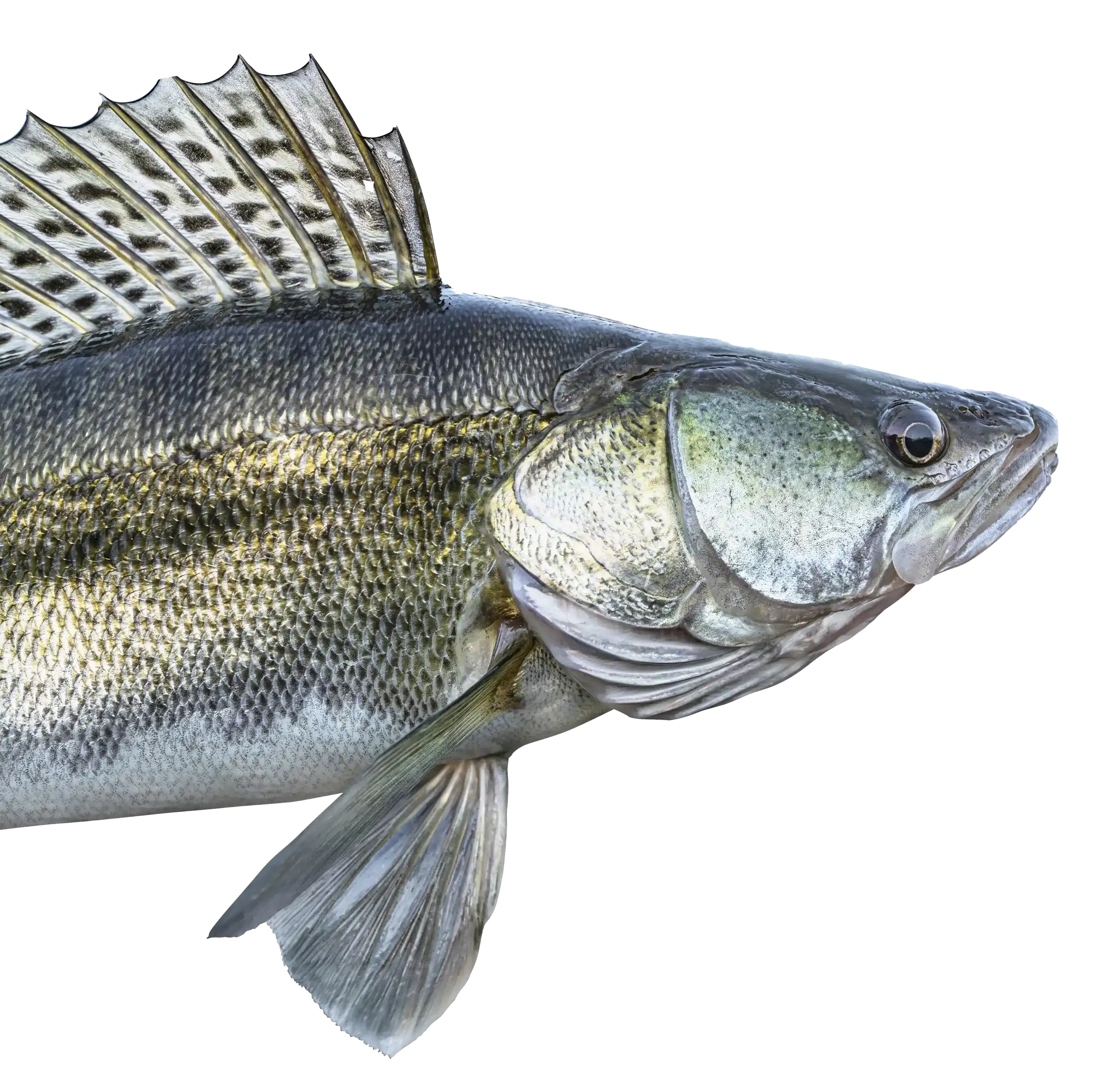
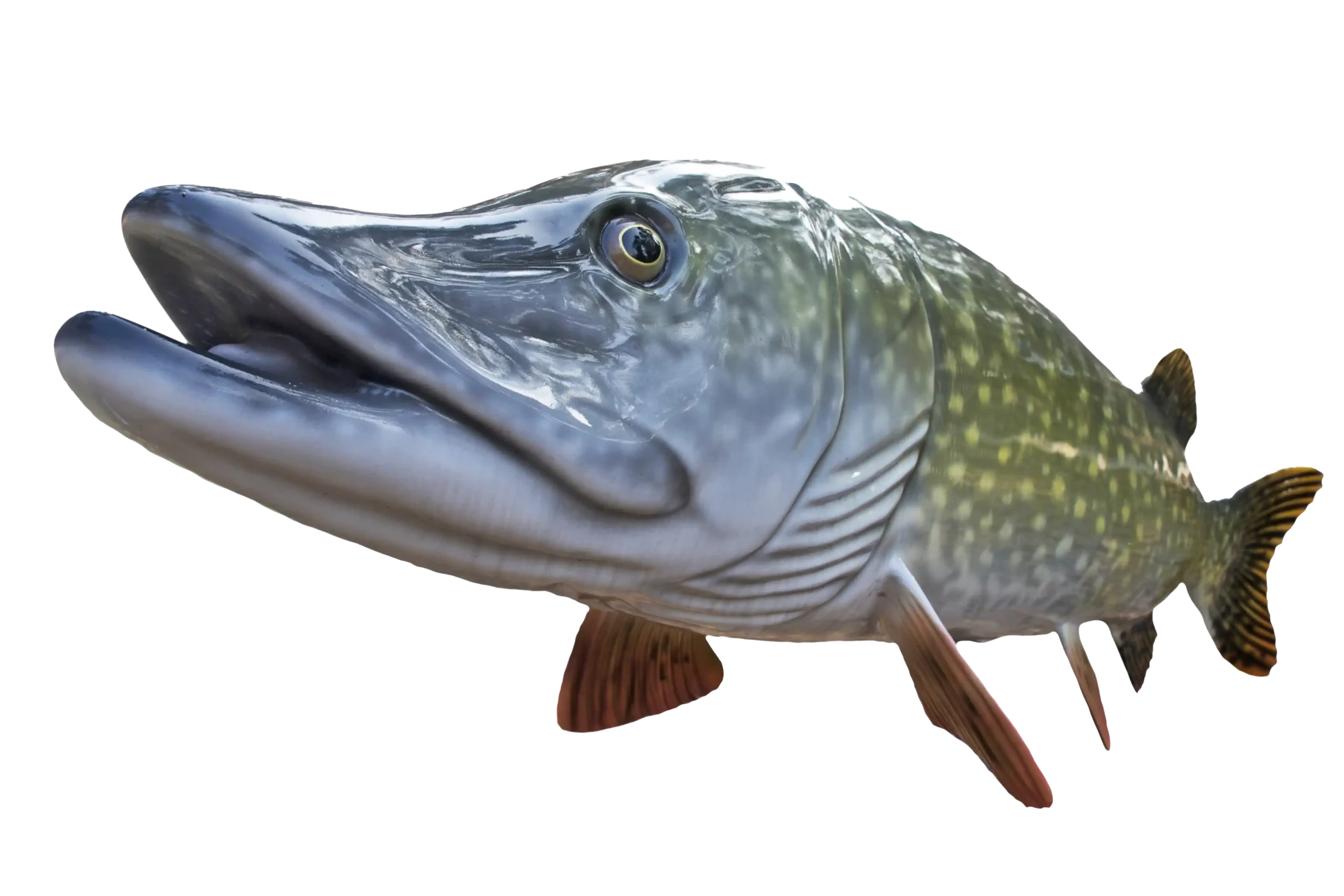
MTT. Minnesota Tournament Trail
NWT. National Walleye Tour
AIM. Angler’s Insight Marketing
Chili Bowl, Border View Lodge
Arnesen’s, Summer Tournament
River Bend Resort, Ladies tournament
Zippel Bay Resort, Northern Pike Tournament
AND MORE!
As many Midwesterners who enjoy ice fishing are in the heart of the ice fishing season, it is good to look ahead at a month of ice fishing that many don’t really consider when it comes to targeting walleyes and pike, March! You see, in most of the great state of Minnesota, March ice fishing is somewhat limited. Fish houses cannot be left overnight on the ice after February 28th, the walleye season and pike season closes and ice fishing for those targeting predators appears to be 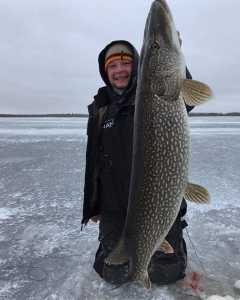

March on Lake of the Woods, however, is very different. Fish houses are allowed overnight through March 31st. The walleye and sauger season continues on through April 14th and the pike season is open continuously. Being farther north, the ice typically is good and thick throughout the month, and even if some melting is taking place, ice fishing is happening in areas of the lake less affected by runoff, flow of water and current. On Lake of the Woods, ice fishing for March walleyes and pike is the norm and allows an extra month of excellent fishing.
Some resorts actually extend the life of the ice by blanketing ice approaches to the land access with saw dust or hay. For those of you with more history under your belt than others, this is much in the same way ice was kept for ice boxes.
What a great time of the year. The sun is out longer, the fish are active and in some cases staging for the spawn and some days anglers actually need to wear sunscreen. Other days seem more like winter with snow and cold. It’s March w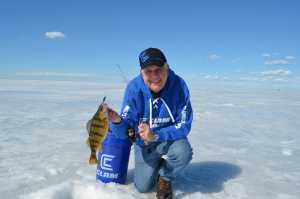
This is an interesting place. One one end of Lake of the Woods, people are catching walleyes, saugers, jumbo perch, world class pike and mo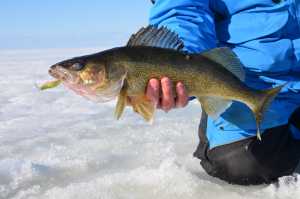
On the other end of the spectrum towards mid or late March, the Rainy River is open and people are fishing in boats. This is the time of the year that big numbers of walleyes from Lake of the Woods slide up the Rainy River on their annual spawning run. This is also the time of year an angler can catch a walleye of a lifetime, not to mention big numbers of fish.
Most anglers will be using jigs and minnows for walleyes. More popular are jigs and plastics. The brighter colors of chartreuse, orange, pink and white are all popular colors depending upon many factors, the color of the water being one.
The walleye season on Lake of the Woods continues through April 14th. The regulations on the Rainy River for March through April 14th is different than the lake as the walleye season is catch and release only. As most anglers aren’t here for the fillets, the chance at a monster walleye, big numbers of walleyes and a chance to splash your b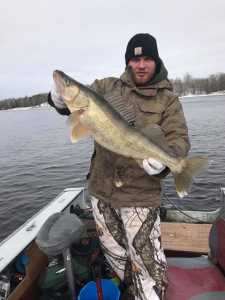 oat for the first time this year is all what draws anglers the end of March and through April 14th.
oat for the first time this year is all what draws anglers the end of March and through April 14th.
Limits on Lake of the Woods remain consistent with a combined limit of 6 walleyes and saugers, with up to 4 of the 6 being walleyes. Any walleye between 19.5″ – 28.0″ must be returned to the water immediately, with anglers being able to keep one fish over 28″.
Limits on pike are three with a protected slot limit of 30″ – 40″ having to be returned to the water immediately. Anglers are allowed one pike over 40″.
If you decide to start planning a spring Rainy River trip, there are numerous boat access points along the river. Click here for a myriad of info about the Rainy River.
If you decide you want to get in some bonus March ice fishing, here is a list of resorts and outfitters from the south end of the lake up to the NW Angle.
Whatever you decide, fishing for predators in March and April on Lake of the Woods is in full gear and as a trophy fishery for both walleyes and pike, might be worth a trip!
Click here to return to the Lake of the Woods Tourism website.


Lake of the Woods
We firmly believe that the internet should be available and accessible to anyone, and are committed to providing a website that is accessible to the widest possible audience, regardless of circumstance and ability.
To fulfill this, we aim to adhere as strictly as possible to the World Wide Web Consortium’s (W3C) Web Content Accessibility Guidelines 2.1 (WCAG 2.1) at the AA level. These guidelines explain how to make web content accessible to people with a wide array of disabilities. Complying with those guidelines helps us ensure that the website is accessible to all people: blind people, people with motor impairments, visual impairment, cognitive disabilities, and more.
This website utilizes various technologies that are meant to make it as accessible as possible at all times. We utilize an accessibility interface that allows persons with specific disabilities to adjust the website’s UI (user interface) and design it to their personal needs.
Additionally, the website utilizes an AI-based application that runs in the background and optimizes its accessibility level constantly. This application remediates the website’s HTML, adapts Its functionality and behavior for screen-readers used by the blind users, and for keyboard functions used by individuals with motor impairments.
If you’ve found a malfunction or have ideas for improvement, we’ll be happy to hear from you. You can reach out to the website’s operators by using the following email
Our website implements the ARIA attributes (Accessible Rich Internet Applications) technique, alongside various different behavioral changes, to ensure blind users visiting with screen-readers are able to read, comprehend, and enjoy the website’s functions. As soon as a user with a screen-reader enters your site, they immediately receive a prompt to enter the Screen-Reader Profile so they can browse and operate your site effectively. Here’s how our website covers some of the most important screen-reader requirements, alongside console screenshots of code examples:
Screen-reader optimization: we run a background process that learns the website’s components from top to bottom, to ensure ongoing compliance even when updating the website. In this process, we provide screen-readers with meaningful data using the ARIA set of attributes. For example, we provide accurate form labels; descriptions for actionable icons (social media icons, search icons, cart icons, etc.); validation guidance for form inputs; element roles such as buttons, menus, modal dialogues (popups), and others. Additionally, the background process scans all the website’s images and provides an accurate and meaningful image-object-recognition-based description as an ALT (alternate text) tag for images that are not described. It will also extract texts that are embedded within the image, using an OCR (optical character recognition) technology. To turn on screen-reader adjustments at any time, users need only to press the Alt+1 keyboard combination. Screen-reader users also get automatic announcements to turn the Screen-reader mode on as soon as they enter the website.
These adjustments are compatible with all popular screen readers, including JAWS and NVDA.
Keyboard navigation optimization: The background process also adjusts the website’s HTML, and adds various behaviors using JavaScript code to make the website operable by the keyboard. This includes the ability to navigate the website using the Tab and Shift+Tab keys, operate dropdowns with the arrow keys, close them with Esc, trigger buttons and links using the Enter key, navigate between radio and checkbox elements using the arrow keys, and fill them in with the Spacebar or Enter key.Additionally, keyboard users will find quick-navigation and content-skip menus, available at any time by clicking Alt+1, or as the first elements of the site while navigating with the keyboard. The background process also handles triggered popups by moving the keyboard focus towards them as soon as they appear, and not allow the focus drift outside it.
Users can also use shortcuts such as “M” (menus), “H” (headings), “F” (forms), “B” (buttons), and “G” (graphics) to jump to specific elements.
We aim to support the widest array of browsers and assistive technologies as possible, so our users can choose the best fitting tools for them, with as few limitations as possible. Therefore, we have worked very hard to be able to support all major systems that comprise over 95% of the user market share including Google Chrome, Mozilla Firefox, Apple Safari, Opera and Microsoft Edge, JAWS and NVDA (screen readers).
Despite our very best efforts to allow anybody to adjust the website to their needs. There may still be pages or sections that are not fully accessible, are in the process of becoming accessible, or are lacking an adequate technological solution to make them accessible. Still, we are continually improving our accessibility, adding, updating and improving its options and features, and developing and adopting new technologies. All this is meant to reach the optimal level of accessibility, following technological advancements. For any assistance, please reach out to